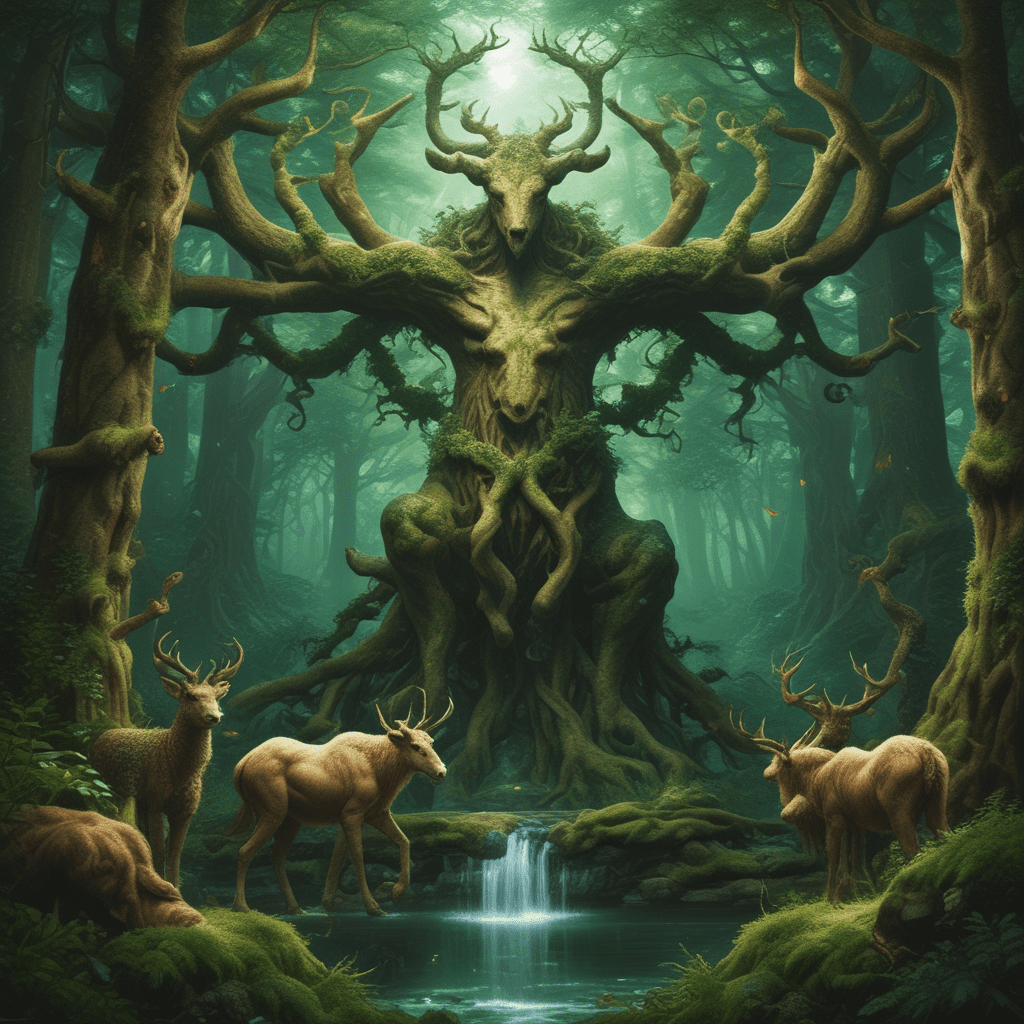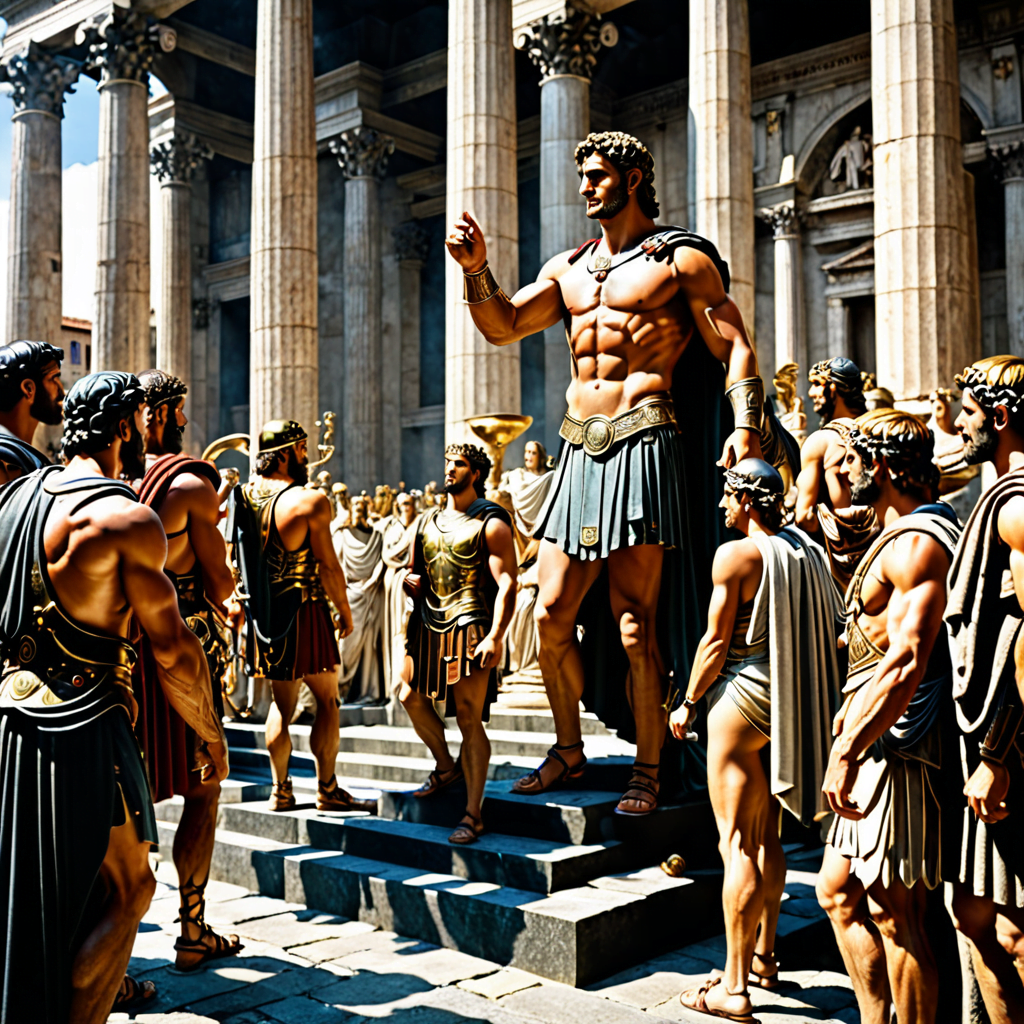The Myth of the Kasa-Obake: The Umbrella Monster in Japanese Yokai Lore
Japanese folklore is rich with mythical creatures known as Yokai, and among them is the Kasa-Obake, a unique and intriguing entity that captures the imagination of many. Let’s delve into the fascinating world of Yokai and unravel the mystery of the Umbrella Monster.
What is the Kasa-Obake?
The Kasa-Obake, also known as the Karakasa-Obake, is a type of Yokai in Japanese mythology that takes the form of a one-eyed umbrella with a single leg. It is a supernatural being that is said to come to life after being abandoned or reaching a certain age.
Traditionally depicted with a long, serpent-like tongue and the ability to hop around on its single leg, the Kasa-Obake is believed to be mischievous rather than malevolent, often playing harmless pranks and tricks on unsuspecting humans.
Origins and Folklore Surrounding the Kasa-Obake
The origins of the Kasa-Obake can be traced back to the Edo period in Japan. Yokai, including the Kasa-Obake, were popularized through various forms of art, such as woodblock prints and literature.
Legends and folklore surrounding the Kasa-Obake vary, with some stories portraying it as a guardian spirit of household objects, while others depict it as a spooky creature haunting abandoned umbrellas. Despite its eerie appearance, the Kasa-Obake is often seen as a playful and somewhat comical Yokai.
Symbolism and Cultural Significance
In Japanese culture, Yokai like the Kasa-Obake symbolize the mysteries and wonders of the natural world, as well as the belief that spirits can reside in ordinary objects. The evolution of folklore surrounding Yokai reflects societal attitudes towards the supernatural and the unknown.
The Kasa-Obake also serves as a reminder to treat objects with respect and not to discard them carelessly, as it is said to come to life when neglected or mistreated.
Modern Interpretations and Pop Culture References
In modern times, the Kasa-Obake continues to capture the interest of people worldwide. From appearing in popular manga and anime series to being featured in video games and contemporary art, the Umbrella Monster has found a lasting place in pop culture.
With its mix of whimsical charm and eerie mystique, the Kasa-Obake remains a beloved figure in Japanese folklore, showcasing the enduring appeal of Yokai in today’s society.
Exploring the realm of Yokai like the Kasa-Obake offers more than just entertainment—it provides insight into a culture rich with myths, legends, and traditions that have influenced Japanese society for centuries.
FAQ: The Myth of Kasa-Obake
What is a Kasa-Obake?
A Kasa-Obake is a mythical creature from Japanese folklore, known as a Yokai, that takes the form of a possessed or animated umbrella. It is believed to come to life after being used for a century or more.
What do Kasa-Obake represent?
Kasa-Obake are often seen as mischievous spirits or harmless pranksters in Japanese folklore. They are not typically seen as malevolent beings but rather as playful supernatural entities.
How do Kasa-Obake move?
According to legend, Kasa-Obake move by hopping around on one foot. They are said to have a single eye and a long tongue, adding to their eerie yet whimsical appearance.
Are Kasa-Obake considered dangerous?
While Kasa-Obake are known for their playful nature, they are not generally considered dangerous. However, like many Yokai, they can cause mischief or startle unsuspecting humans.
How are Kasa-Obake viewed in Japanese culture?
In Japanese culture, Kasa-Obake are often seen as symbolic of the supernatural world and are a popular motif in traditional art, literature,



